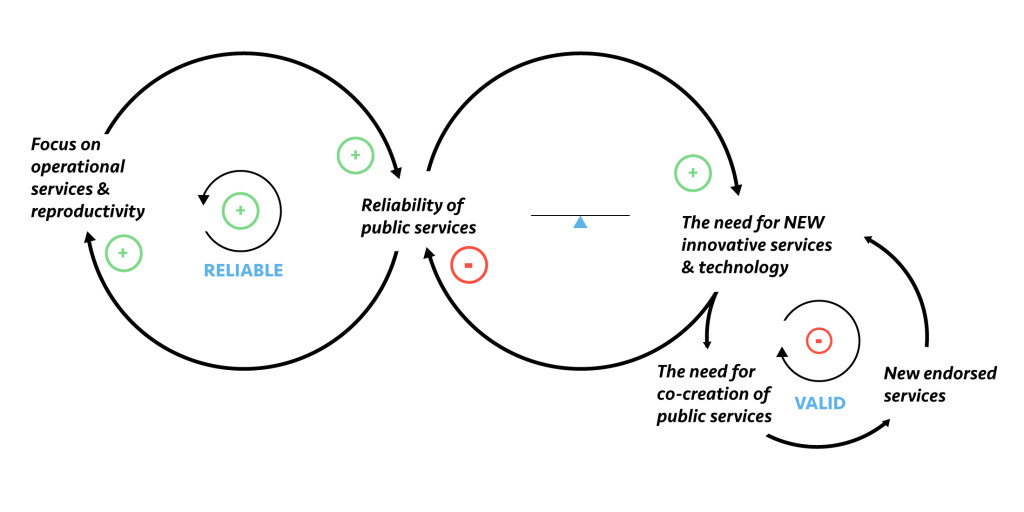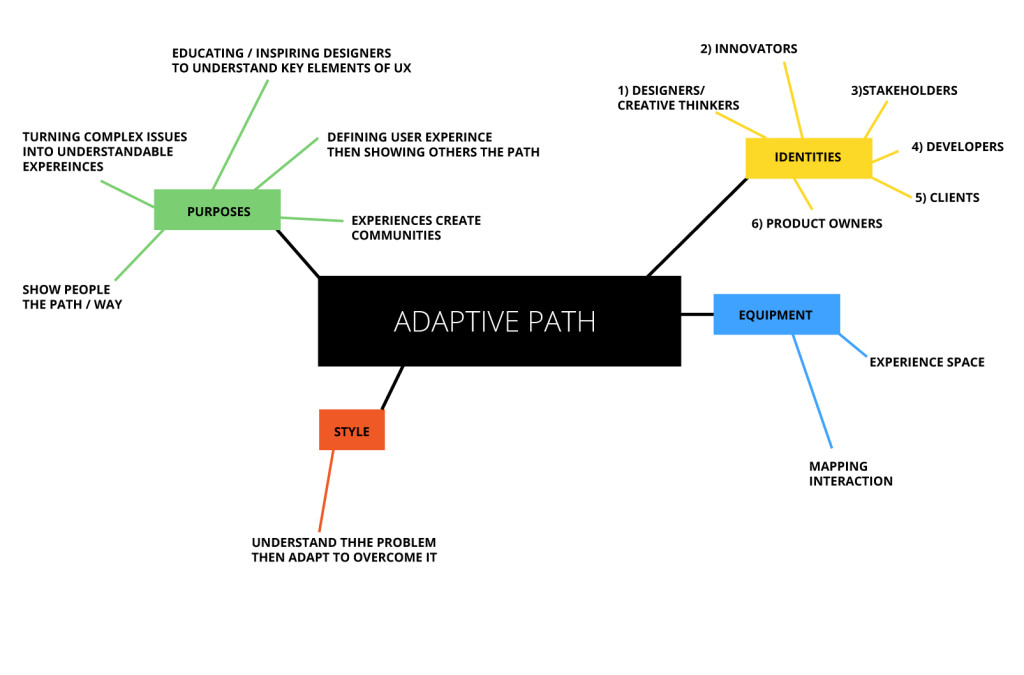Nosakhere and I were chatting about dealing with the Western Cape government, and I feel that it would be a great place to start here. We were sharing our frustrations of dealing with the government. The problem was the large amount of miscommunication that was constantly arising. There are so many levels of meta-communication on a subject that they’re constantly being lost in translation and in turn misrepresented which results in the wrong outcome. This describes the urgency of infusing a different action in the public sphere. How do we allow for innovation to take place in an institute that is so used to the tendency of being run from the top down.
Otto Scharmer states that we live in a time of massive institutional failure, collectively creating results that nobody wants. Similarly, Albert Einstein famously noted that problems cannot be resolved by the same level of consciousness that created them. Basically, the way in which we pay attention to a situation, from an individual perspective and a collective perspective determines the way in which the system will arise and emerge. This time calls for a new consciousness and a new collective leadership capacity to meet challenges in a more conscious, intentional and strategic way. The development of such capacity will allow us to create a future of greater possibility.
I would like to continue from my last blog post where I concluded by saying: With Flores talks about technology reflecting identity and Winograd speaking of designing worlds that provide a uniform and comprehendible structure, which can support human activity in all its complexity and beauty; it is important to use the correct tools and methods to safely nurture the creation of computer and technological systems. In my research I would love to find the right methods and techniques in which we can create systems that can facilitate social self-growth, stability and equality.
This past week, I have been looking at papers by Fernando Flores, Otto Schamer and John Maeda. Firstly I would like to continue from last blog by elaborating on the last paragraph. Flores speaks of the Language-action perspective, it is formed from two main principles. The first is linguistic communication, which forms the basis for understanding what occurs in information systems. Flores goes on to say that ultimately, all information is communication, and it is not an abstract system of bits and bytes but rather a means by which people interact. The second principle states that language is action. Through linguistic acts people effect change in the world.
By applying a language-action framework on information technology, it emphasizes the action dimension over a more traditional dimension of information content. Flores observes that this perspective reveals the underlying structure that drives and gives meaning to the activities of people using an information system. It allows for the possibility of encouraging participants in a way that enables them to act more effectively when effective coordination is a necessity.
Douglas Hofstadder (2007) observed in his book, I am a strange loop, that in the end, we are self-perceiving, self-creating, locked-in mirages. We are miracles of self-reference. Hofstadder, uses the metaphor that our brains are in fact hard drives which are continually mirroring the patterns of our external world which we use to establish our known reality, like a feedback loop. Hence the name of the book, I am a strange loop. He goes on to say that the more self referentially aligned one is, the more self aware one becomes.
I had read this a while back, and at the beginning of the MPhil course I had a great conversation with Ayanda, from Ownpower, where we spoke about language, communication and how we articulate ourselves. Luckily I wrote it down, because it is now clearing up a lot of concepts swirling around in my head.
I as telling Ayanda, that I was afraid of doing the Mphil course because I really battle to articulate myself, and often I freeze when I need to say something that means a lot to me. Ayanda profoundly said:
“We don’t actually understand each other, language is just a false construct. We think the other person understands us, but we are actually just infusing ourselves into the conversation and the person listening is listening by infusing themselves into the conversation, so that they can make sense if it. It is impossible.
The way I understood it was that we are basically talking to each other, by listening out for what experience I have experienced, so that I can understand on an experiential level what the other person is saying.
I feel like this conversation has linked what Hofstadder speaks of in I am a strange loop with what Otto Scharmer speaks of when he talks about the four different types of listening.
Schamer (2007) states that most leaders are unable to recognize, let alone change, the structural habits of attention used in their organizations. In Scharmer’s research he observes that this requires particular types of listening, he observes four different types of listening.
Listening 1 : Downloading – Where one listens by reconfirming their habitual judgements, one listens for what they already confirms they know.
Listening 2: Factual -This is listening by paying attention to facts. One is able to switch off their inner voice of judgement and listen for what differs from what one already knows. Factual listening is when one allows the information to talk to you and you pay careful attention.
Listening 3: Empathetic – This is a deeper level of listening, when one is engaged in real dialogue and is paying careful attention, one becomes aware of a profound shift in the place from which one’s listening originates. In other words, when we say, I know how you feel, you feel what someone is saying, without particularly knowing how to define it. Scharmer says this is where we are able to open our hearts, only an open heart gives us the empathetic capacity to connect directly with another person from within.
Listening 4: Generative – This type of listening moves beyond the current field and connects us to an even deeper realm of emergence. This is where one listens from the emerging field of future possibility. Where one listens with an open heart in empathetic listening, with generative listening, one listens with an open will – which allows for a capacity to connect with the highest future possibility that can emerge. When one operates from generative listening, one realizes after the conversation, they are no longer the same person they were at the beginning of the conversation. There is a subtle but profound change, which has connected you to a deeper source of knowing.
I believe that visual design has the ability to hold ones attention the same way in which the last two types of listening, which Scharmer speaks about here. In this realm, one is able to be moved and to experience a profound change which can allow one to experience a deeper source of knowing.
Flores identifies this as the knowledge level, where we are able to go beyond the verbal level. Using Diagrammatic thinking defined by Charles S Pierce (1906), where he states thatthe use of a diagram enables us to create a new way of relating to the unknown, of unfolding the dynamics of orientation in the world. It is this realm, which I hope to work in to create a process or system, which mirrors human potentiality from a pure state of being.
There are two practical avenues in which I hope to achieve this in, one being related to my work I am doing for the e-Citizen, e-Government department at the Western Cape Government and the other being a GAP year programme titled Expanding Horizons run by the Bertha Centre for Social innovation and Entrepreneurship, contracted by the Western Cape Government.
I have recently asked Nosakhere if I could be apart of the work he is doing for the Western Cape government with regards to the GAP year programme – Expanding Horizons. The purpose of the programme be to provide high performing high school and varsity students with opportunities to aid in the educational improvement of public schools through tutoring, developing social innovative initiatives, and facilitating acquisition of leadership skills and networks to expand their horizons. My role would be to design the process, so that it can be universally understood, with visual representations. This is to provide a space where people can be motivated to dream, where they are not lost in constructs of language which can restrict thought. The aim is to create a process which gives students the ability to freely strive to be the best that they can be. If this sounds ridiculously optimistic, then I am very glad, because there is an incredible necessity for optimism in South Africa right now. Similarly, I would like to do the same for the Western Cape government in the e-Citizen, e-Government sector where they are currently focusing on diminishing the digital divide across the province.
As everyone knows I have recently started contract work at the Western Cape government as a Usability architect, the reason I have been hired is because they have started to understand the benefit of user-centered design, when building systems for the public to interact with. The Western Cape government have recently launched a programme called Cape Access, where they have set up e-Centres, with the focus on enabling citizens to have easy access to information and communication technologies (ICT), which will diminish the digital divide. These centres allow us access to citizens who we can benefit by allowing them to define the systems that are built for them. Similarly, I would like to do ethnographical research, where we are able to gain insight into where the Western Cape Government can create e-Services; and what these e-Services may consist of. Here, I aim to portray the represented data as honestly and naturally as possible; to communicate successfully to the public sector, what the needs of the many are.
I am still battling with the clarity of articulation here, that will be my aim for the next week, using Toulman’s method and further reading to help crystalize this research topic.
















